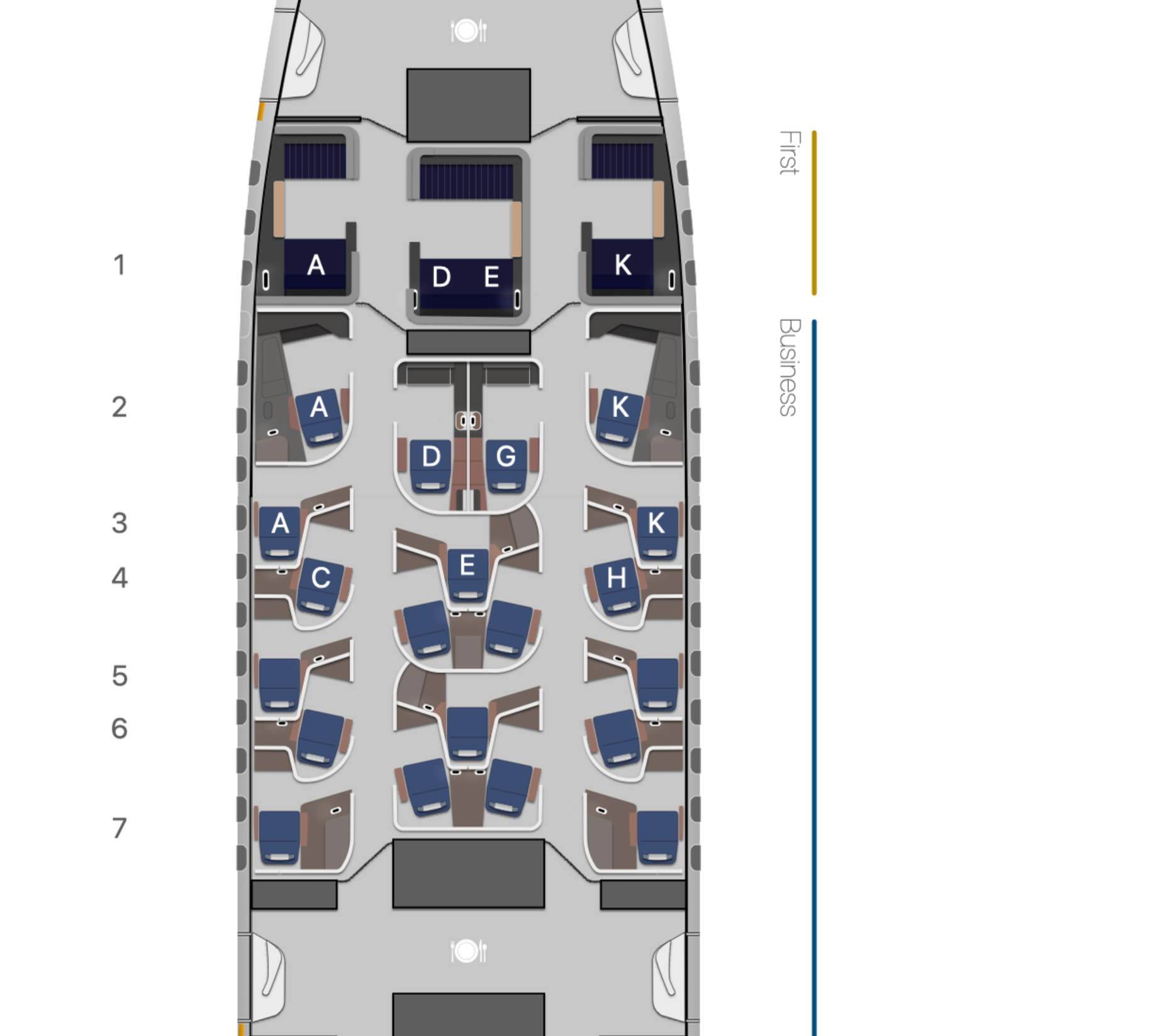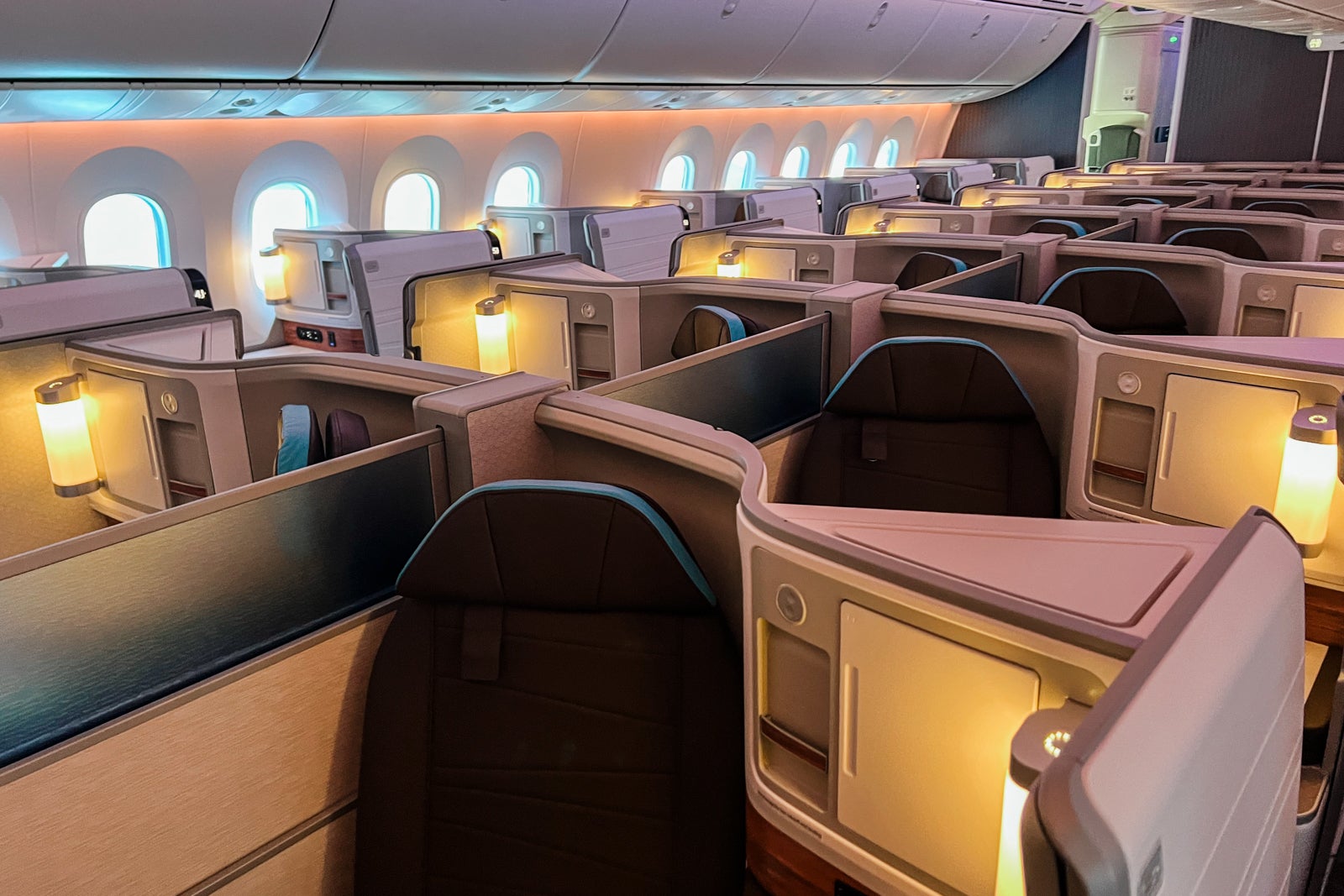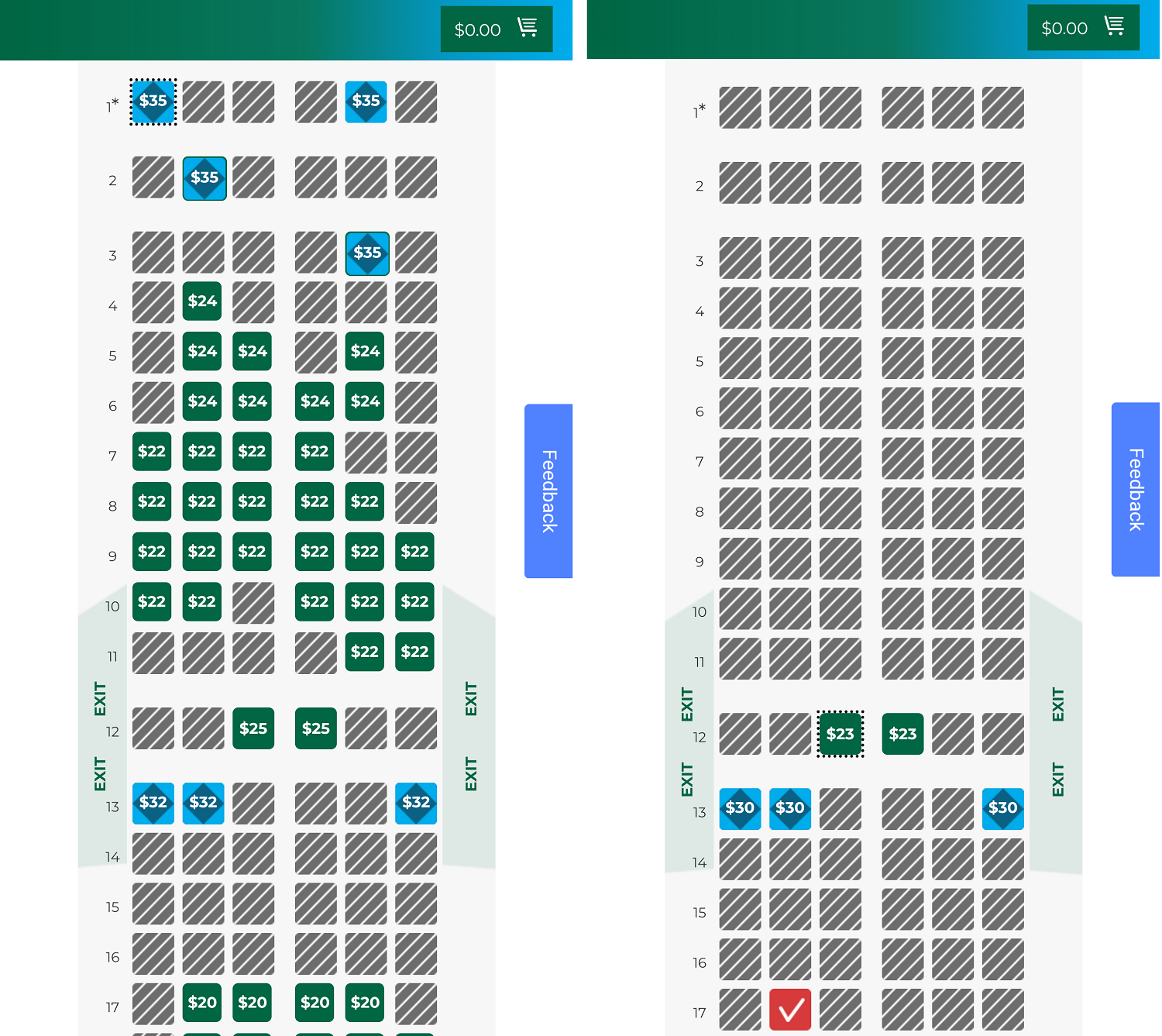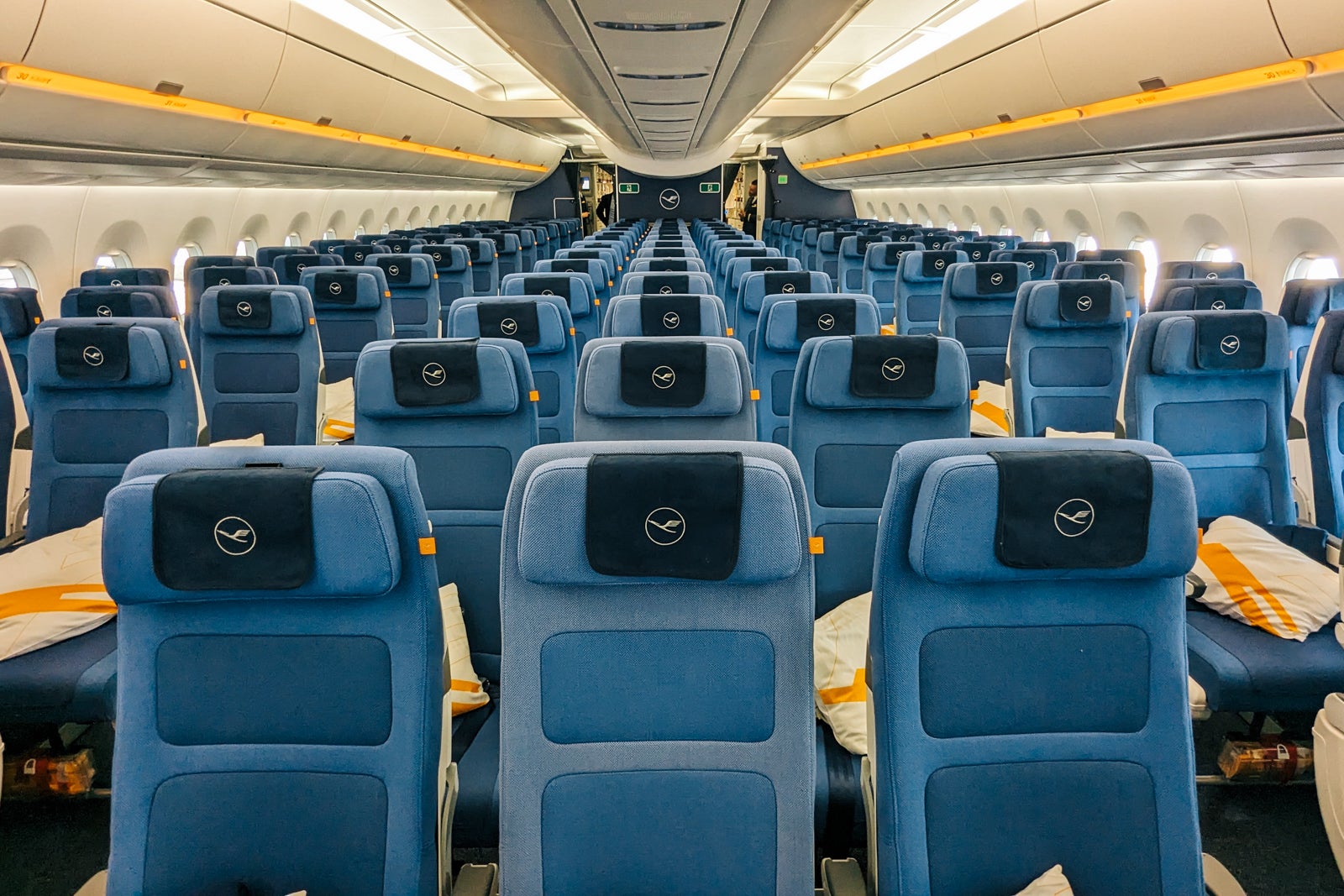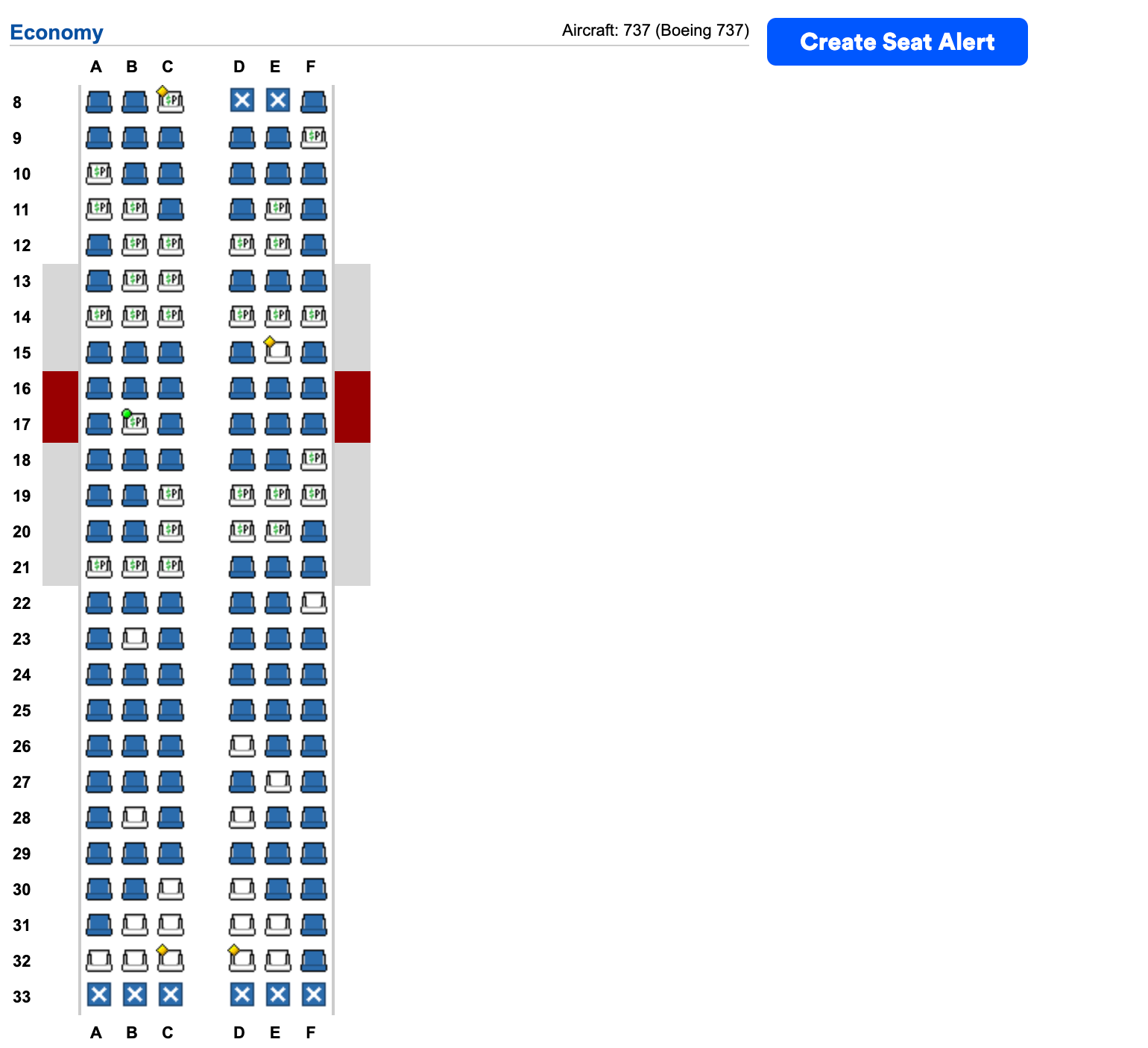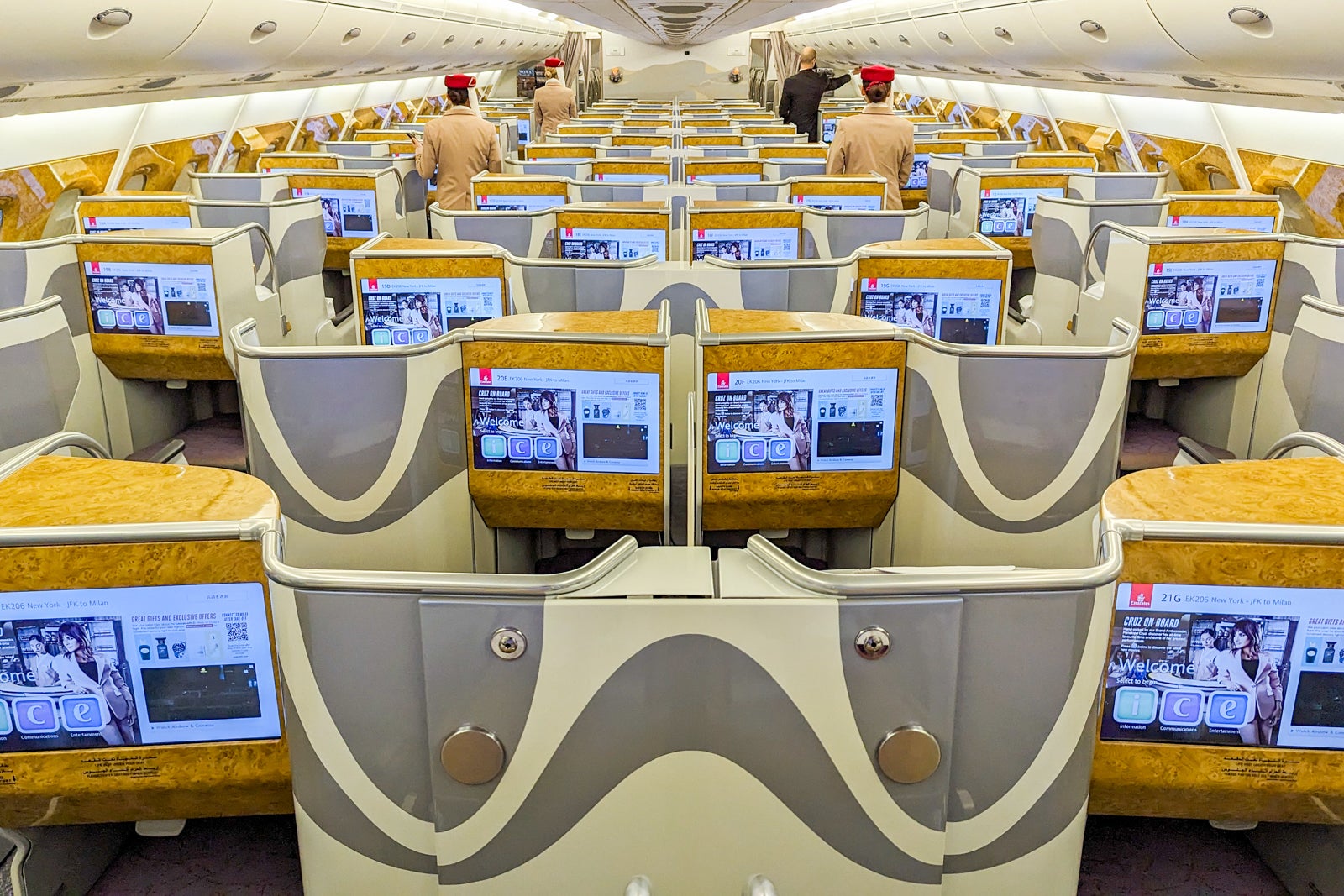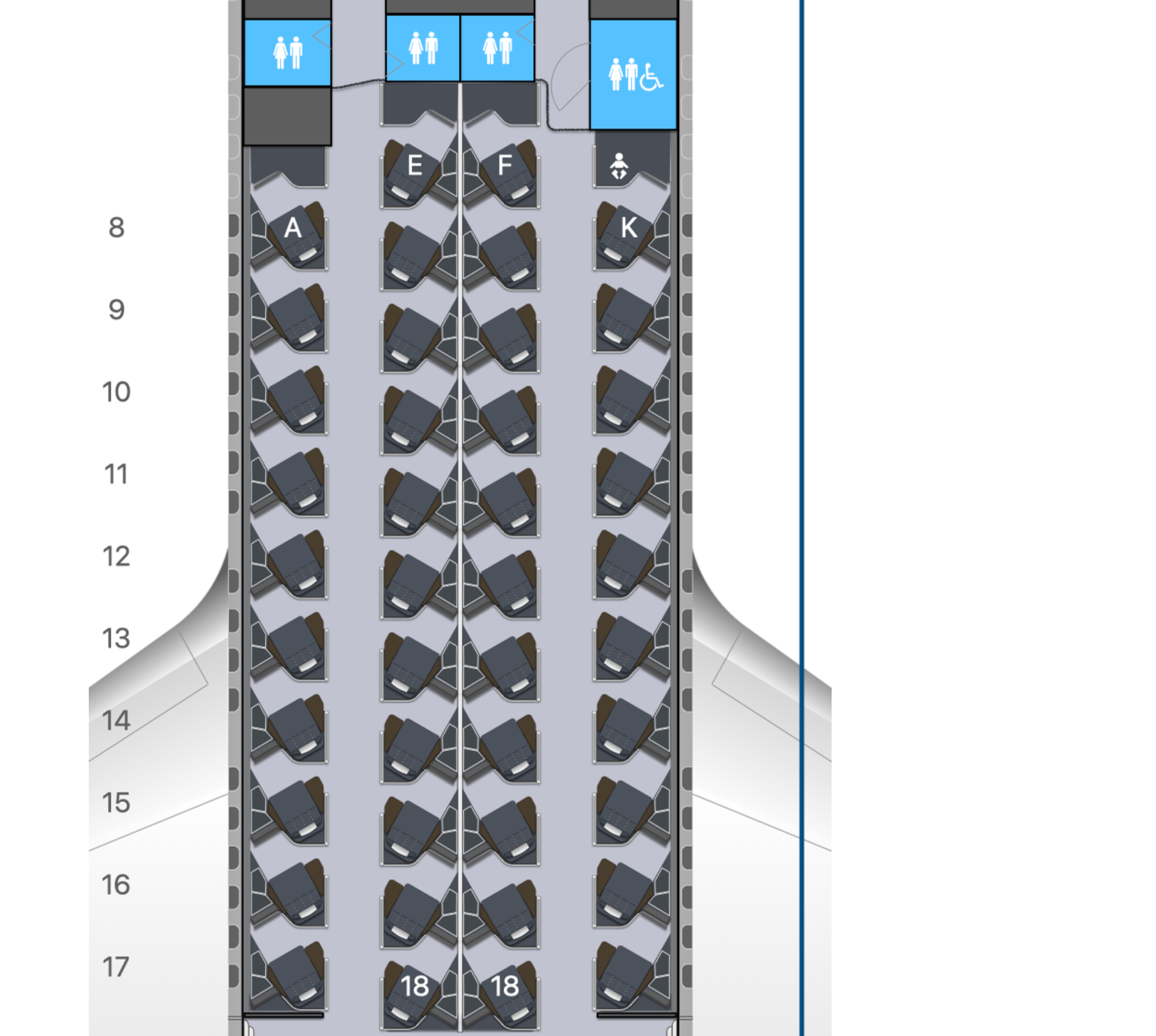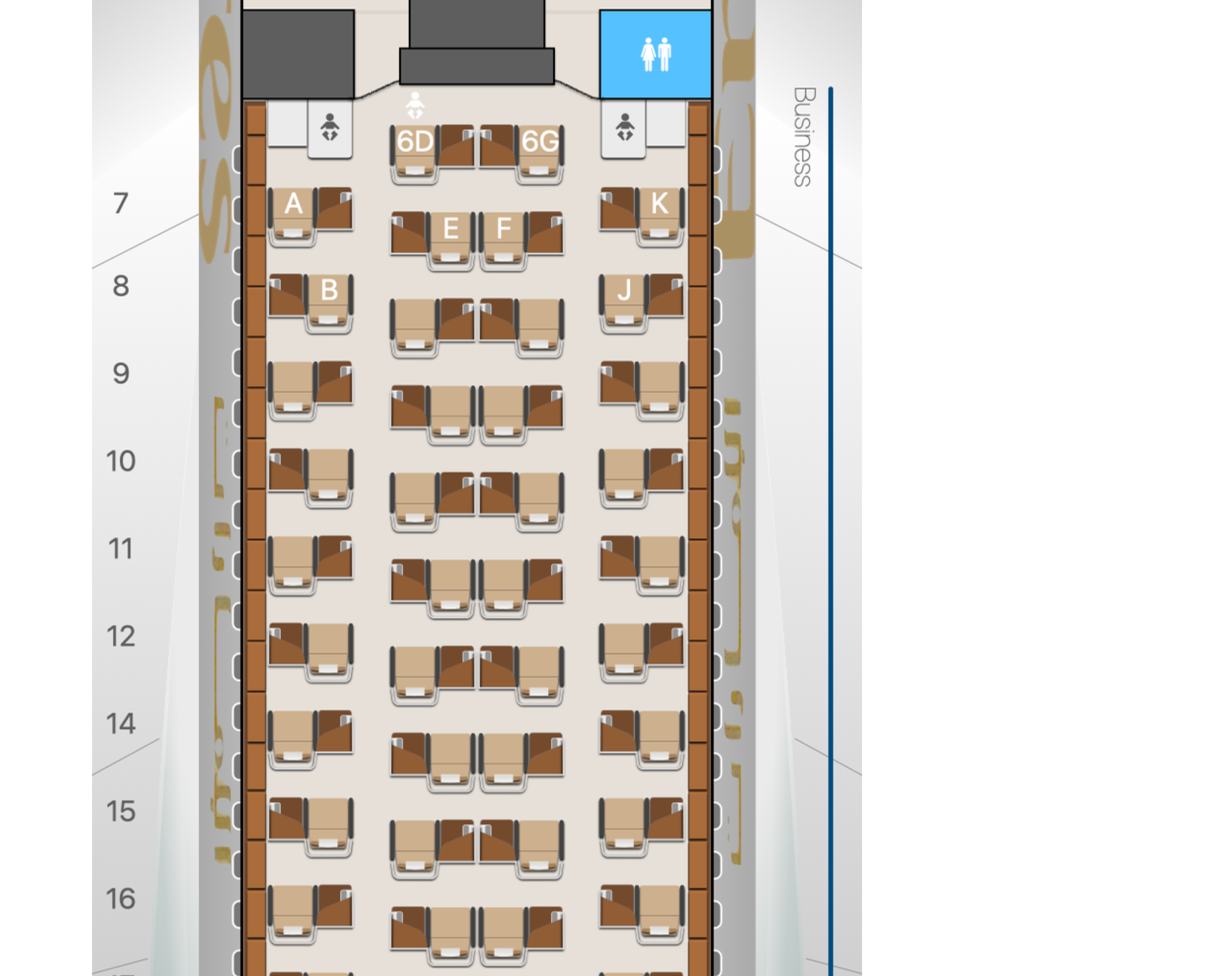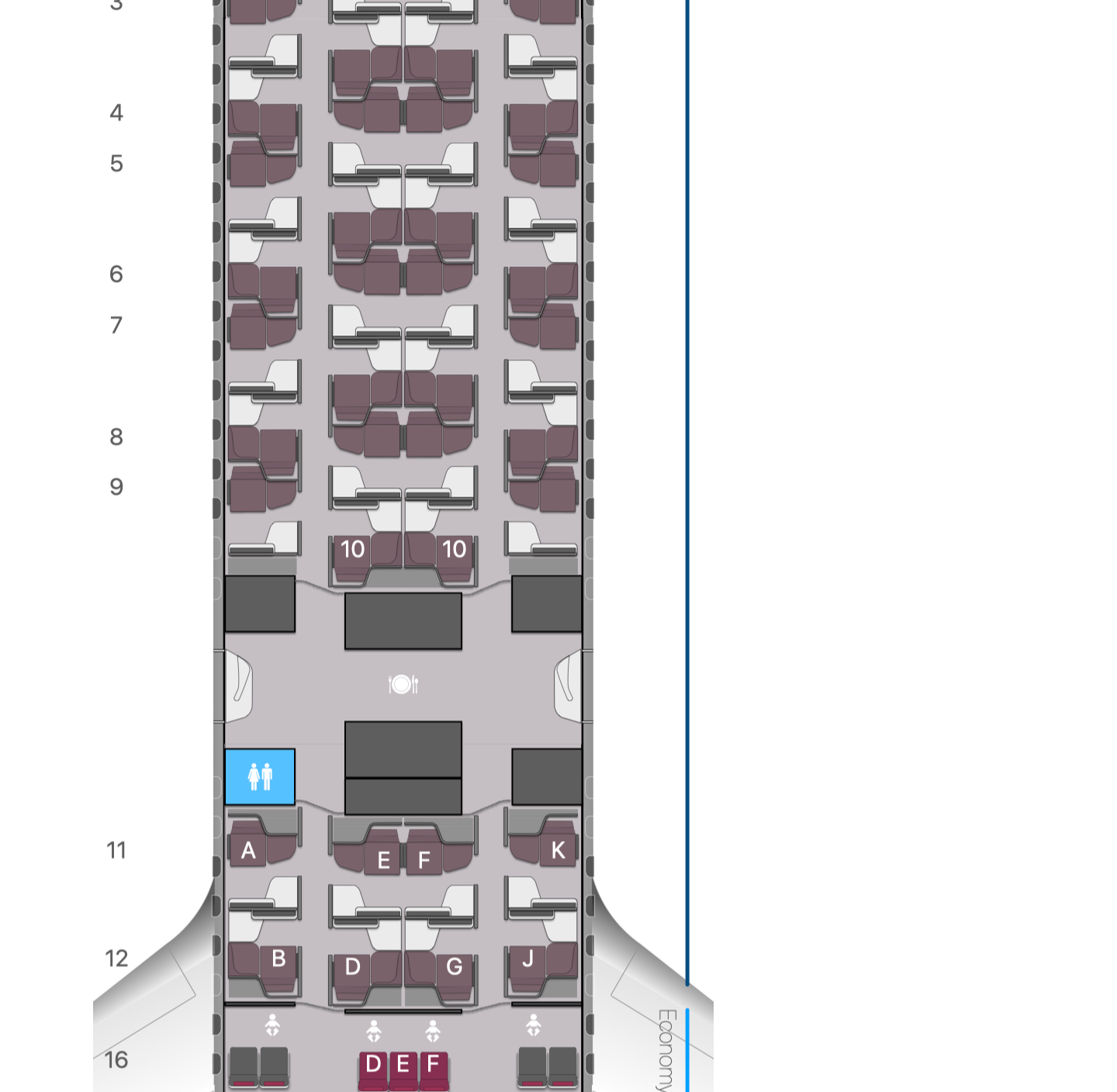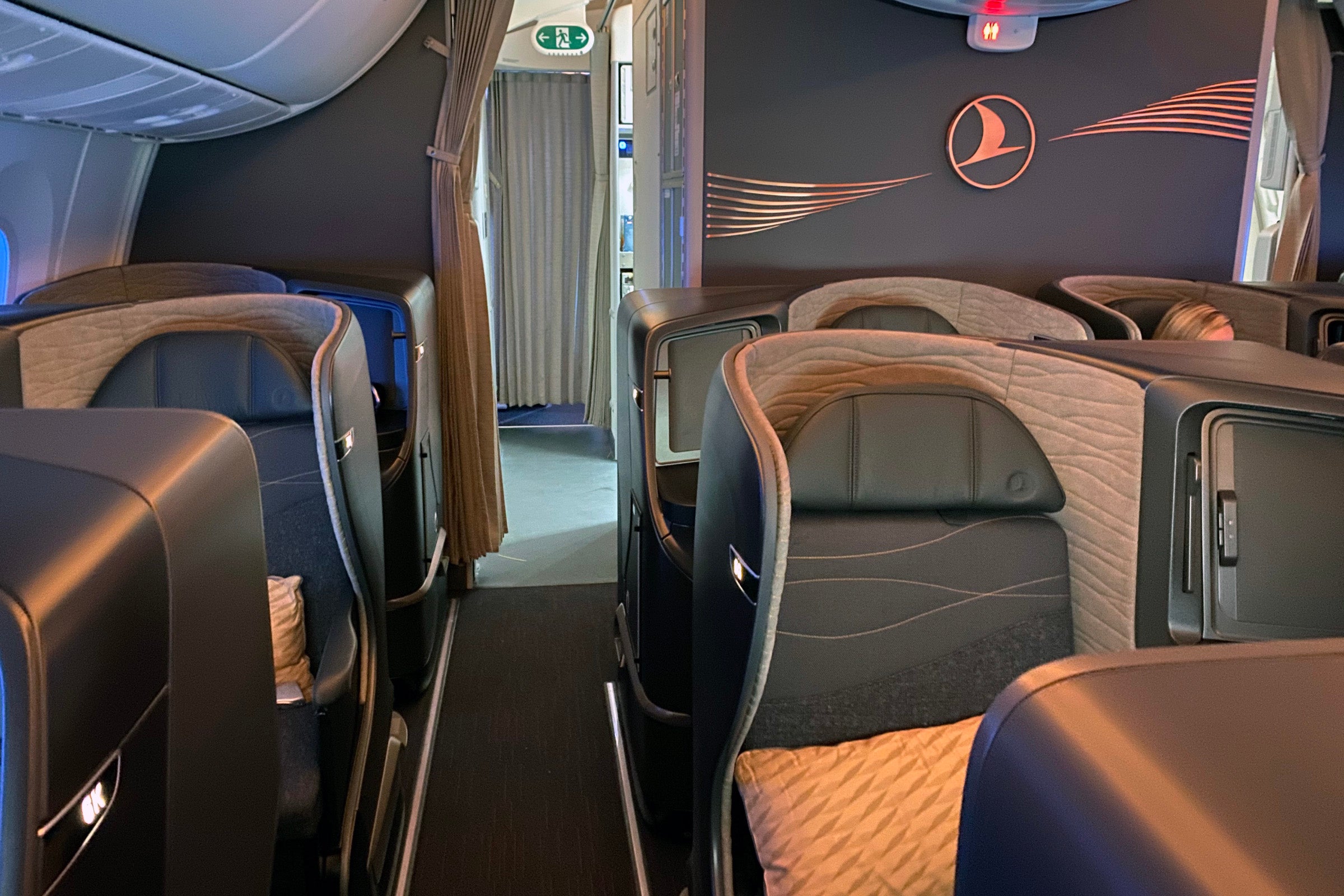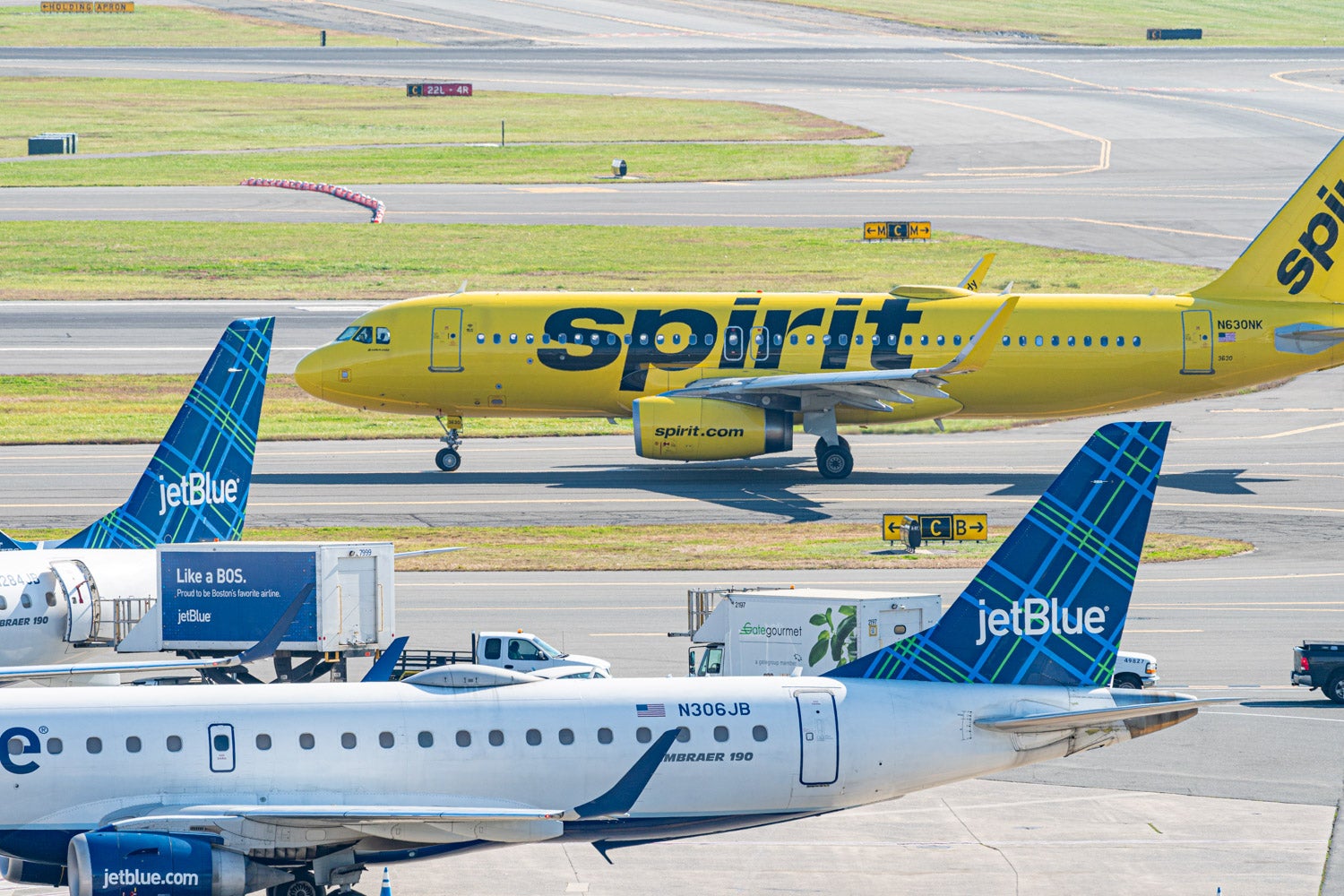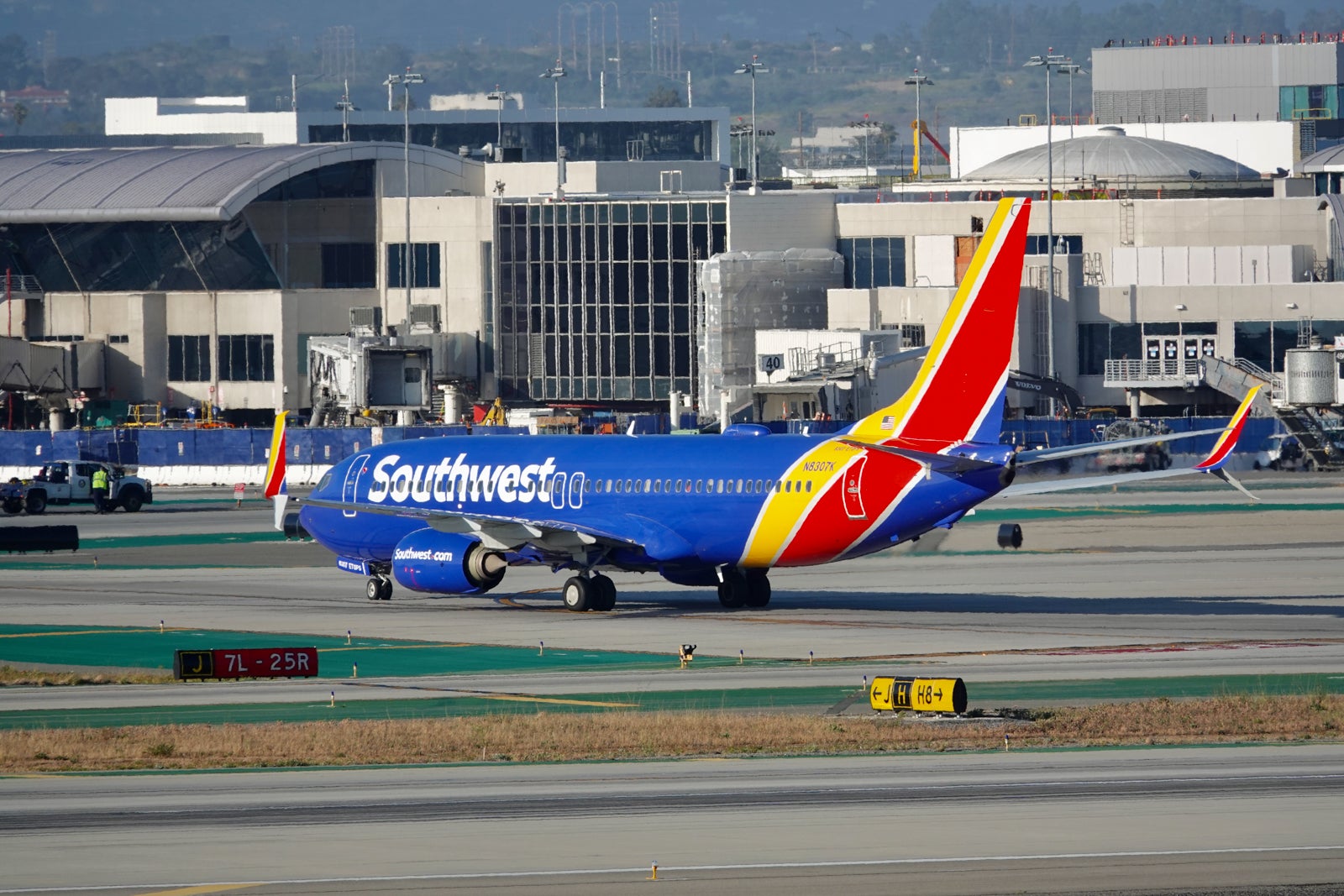Where is the best seat on the airplane? How to read an aircraft seat map
If you’ve checked in online for a flight or selected your seat in advance, you may have been presented with a visual seat map. This map either allows you to choose which available seat you would like or shows you where you will be sitting on the plane.
Some seat maps are very easy to read because all seats are similar. Others are much more complicated because there are significant differences between the seats in the cabin.
Here’s how to understand aircraft seat maps so you can always choose the best seat according to your own preferences.
Related: How to snag the best seats on Southwest Airlines
The basics of reading a seat map
Before we get into interpreting complex seat maps, here are some basics of how seat maps operate:
- Seat maps are always forward facing, so the top of the map is the front of the plane or cabin and the bottom is the rear of the plane or cabin.
- Seat maps are not usually to scale — a large aisle or galley area on a map is unlikely to be how the plane is configured. Airlines use every inch of available space to maximize revenue.
- Each seat is usually represented by a single square/rectangle — three squares/rectangles together (i.e., in economy) usually means three seats next to each other.
- Gaps running vertically through the entire seat map usually represent an aisle where passengers move through the aircraft.
- Even if the seat map only shows the seats as squares facing forward, the seat could be facing forward, angled toward the aisle or window, or even backward. More advanced seat maps like AeroLopa do indicate which way the seats face.
- Gaps between rows horizontally will usually represent either an exit row or bulkhead (cabin wall at the front of a cabin).
- A shaded flap on either side of the seat map indicates where the wings are. You may not have a great view out the window if you sit over the wing — unless you like watching the wing.
- A symbol with a fork and knife represents a galley area where the crew stores and prepares food and drinks, and a bathroom (male and female) symbol represents a lavatory. Many passengers avoid selecting seats near a bathroom because of the potential noise and smells, and on busy flights, passengers tend to congregate near bathrooms while they wait.
- A stroller symbol means this is a child-friendly row or where bassinets are. Families with babies are usually seated here. These seats can be tempting as they often come with more legroom. You may wish to avoid these rows if you want a quiet flight.
- Seat maps will have a legend showing what different colors and symbols on seats mean. Available seats will be one color, and those already selected by other passengers or otherwise unavailable to select in advance will have a different color. If there is an “X” on the seat you want to select, this may mean it cannot be reserved in advance. If there is a “$” on the seat, you will need to pay extra to select this seat.
Related: Are airlines required to seat families together? Guide to airline family seating policies
How to read an economy and premium economy seat map
Economy and premium economy cabin layouts across most airlines and aircraft are quite similar, so it’s not too difficult to read a seat map for these classes of service.
On narrow-body aircraft, seats will usually be in a 2-2, 2-3 or 3-3 configuration in economy class and a 2-3-2, 3-3-3 or 3-4-3 configuration on a wide-body aircraft.

Daily Newsletter
Reward your inbox with the TPG Daily newsletter
Join over 700,000 readers for breaking news, in-depth guides and exclusive deals from TPG’s experts
Look for exit rows, as explained above, but keep in mind that most seats will be the same.
How to read a business- and first-class seat map
There can be a huge difference in cabin layout and seats across airlines when it comes to business- and first-class cabins. This is because there is a bigger difference between business- and first-class products than between economy and premium economy seats.
For a four-across “straight” 1-2-1 seat map where the middle seats all look the same between rows, it means all seats will have direct aisle access. They will face directly forward and may angle slightly toward the window or aisle in a herringbone layout.
You may wish to avoid either the front or back few rows if they are close to a galley or bathroom; a seat midway back should be a nice balance.
Related: British Airways’ Club Suites don’t disappoint: On board a retrofitted 777 from London to New York
Another popular layout in business class is a staggered 1-2-1 layout.
Rather than have each seat directly behind the seat in front of it (like the seat map above), this layout has seats facing forward but diagonally behind the seat in front.
This means each “window” seat will either be right next to the window or near the window but next to the aisle. The true window seats next to the window (the A and K seats in the map above) tend to be more private. For the center seats, you will see that the rows alternate between rows with two seats very close together and rows with seats far apart. These are often humorously known as “honeymoon” and “divorce” seats.
If you are traveling with a loved one, you may wish to select the pair very close together; if you are traveling with a colleague or someone you don’t want to be super close to, select the “divorce” seats to provide more space.
You may also see a large forward/front business-class cabin, a galley or bathrooms, and a smaller cabin at the rear. The rear business-class cabins tend to be smaller, quieter and more exclusive. The downside of this can be that meals take longer to serve if the crew starts serving from the front, so your meal choice may have run out by the time the crew gets to the rear cabin.
Some airlines will have detailed seat maps to show which way the seats face. For example, here is a 2-2-2 business-class cabin with pairs of seats facing in slightly different directions.
First-class cabins on one airline tend to have very similar seats in a very small cabin. So, unless you are traveling with someone else or especially want a window seat, selecting the perfect seat in advance is not as important.
Related: Proposed rule would improve accessibility of airplane bathrooms
Best resources to check aircraft seat maps
The specific airline’s website is a good place to start when checking a seat map. This will show you the seats available for selection on your upcoming flight and whether there is a charge for the best seats. This is the easy way to lock in your preferred seat.
If you have not yet purchased a seat on the flight, the airline may not reveal which seats are occupied until you have purchased a ticket. Suppose you still want to know which seats are taken before purchasing your seat. In that case, you can use a tool like ExpertFlyer (owned by TPG’s parent company, Red Ventures) to check which seats are occupied. This will also give you a sense of how full your flight may be as it will show how many seats are still for sale in each fare bucket.
If you wish to check the seat layout of a particular aircraft, SeatGuru used to be the gold standard for this purpose; however, it is now often out of date and unreliable. Instead, AeroLopa is a more accurate, often updated resource with modern, easy-to-interpret seat maps.
Related: Traveling in 2024? These 10 apps and websites make award redemptions easier to find
Bottom line
At first glance, a seat map, especially on a large aircraft, can seem like a confusing number of square signs and restrictions. However, it’s worth checking the map before assigning your seat to ensure no unpleasant surprises when you board the plane.
Not all seats are created equal, especially in business-class cabins. So, if you want a true window seat or to ensure you will be served quickly and away from the bathrooms, check the seat map before your next flight.
Related reading:

